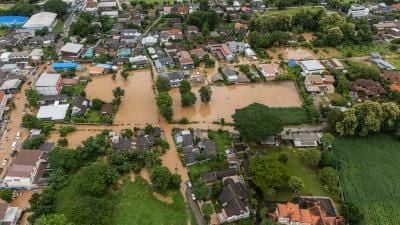As global risks grow more complex and interconnected, three major reports released in the last 12 months – the Lloyd’s Register Foundation World Risk Poll 2024, the UN Global Risk Report 2024, and the World Economic Forum (WEF) Global Risks Report 2025 – offer a timely and revealing snapshot of the world’s most pressing concerns. Each report brings a distinct lens: public perception, institutional preparedness, and expert foresight. Together, they provide a panoramic view of the risks shaping our future.
Shared risks across all reports
Despite their different methodologies and audiences, the reports converge on several key global concerns:
- Climate-related threats are a universal priority. All three reports highlight climate change, pollution, and severe weather events as urgent and escalating risks.
- Pollution is consistently cited as a cross-cutting issue, linked to health, environmental degradation, and systemic vulnerability.
- Geopolitical instability features prominently in both the UN and WEF reports, with references to tensions, recession, and fragmentation.
These shared concerns suggest a growing global consensus on the foundational risks that demand attention across sectors and societies.
Unique risks by report
Each report also highlights risks that are not shared by the others, offering valuable insight into blind spots and emerging issues.
1. World Risk Poll 2024: risks from lived experience
Based on over 147,000 interviews across 142 countries, the World Risk Poll captures how people experience risk in their daily lives. It prominently identifies:
- Road safety
- Mental health
- Severe weather events
These risks are often underrepresented in expert-led reports but are central to people’s lived realities, especially in low- and middle-income countries.
2. UN Global Risk Report 2024: institutional blind spots
Developed with support from the Lloyd’s Register Foundation Institute for the Public Understanding of Risk, and drawing on multilateral stakeholder input from 136 countries, the UN report highlights:
- Misinformation and disinformation
- Cybersecurity breakdowns
These risks reflect growing concern about the fragility of information systems and the challenges of global coordination in an era of digital disruption.
3. WEF Global Risks Report 2025: systemic threats
Informed by over 900 global experts, the WEF report focuses on long-term structural risks, including:
- Economic fragmentation
- Technology-driven polarisation
- Biotech misuse
- Ageing societies
These risks point to deep shifts in global systems – economic, technological, and demographic – that may reshape the risk landscape over the coming decade.




